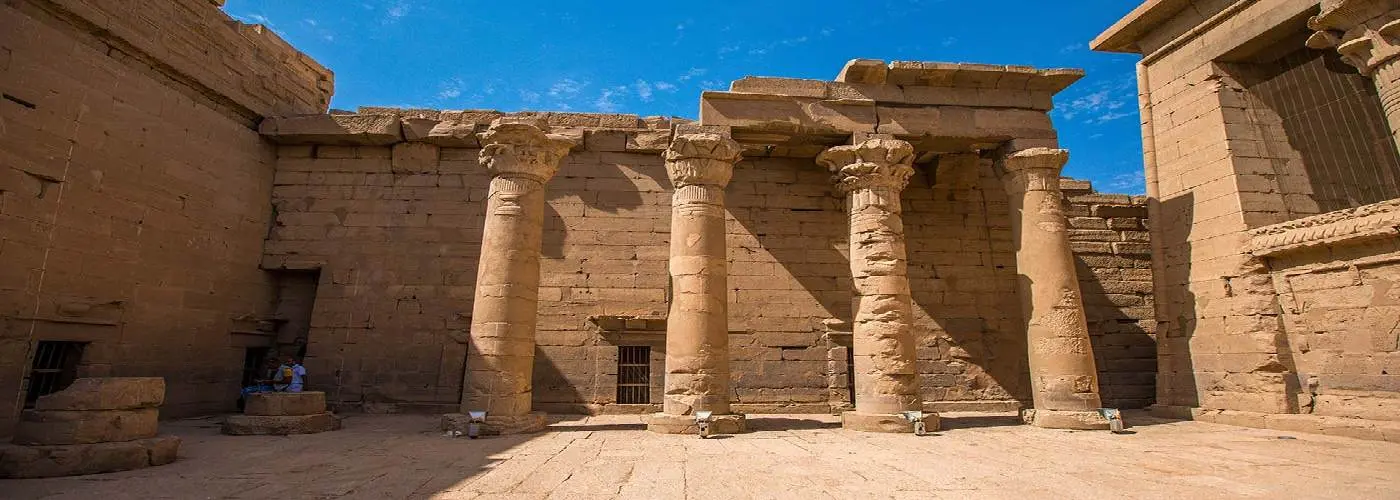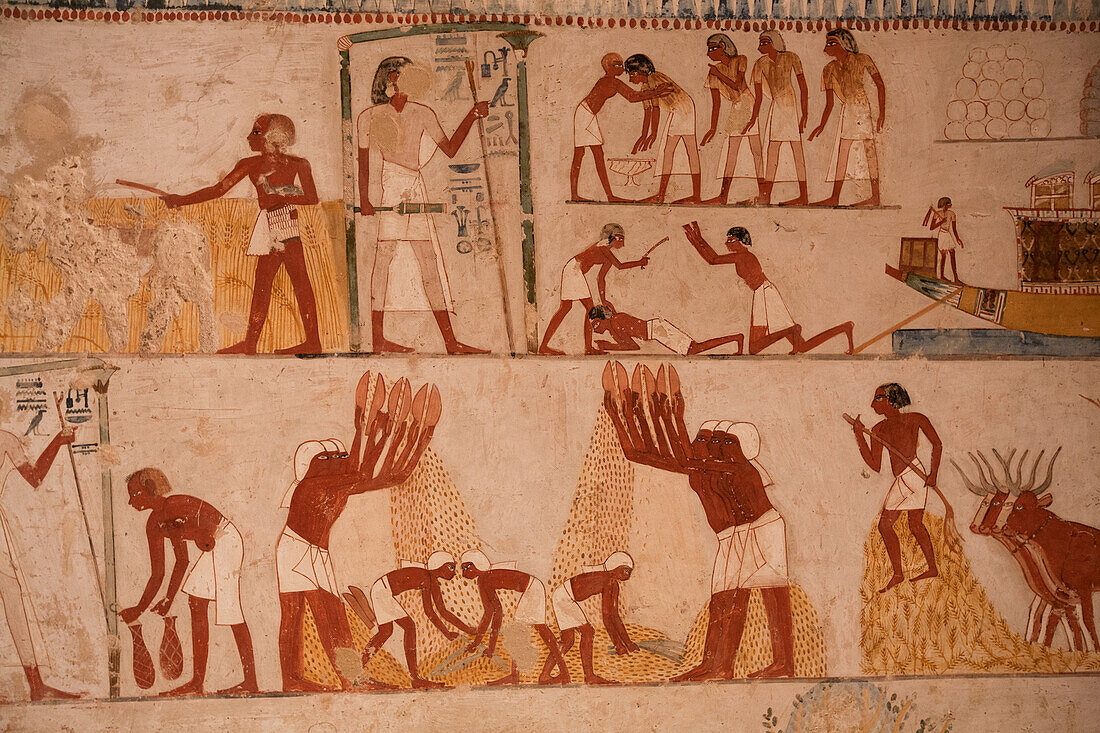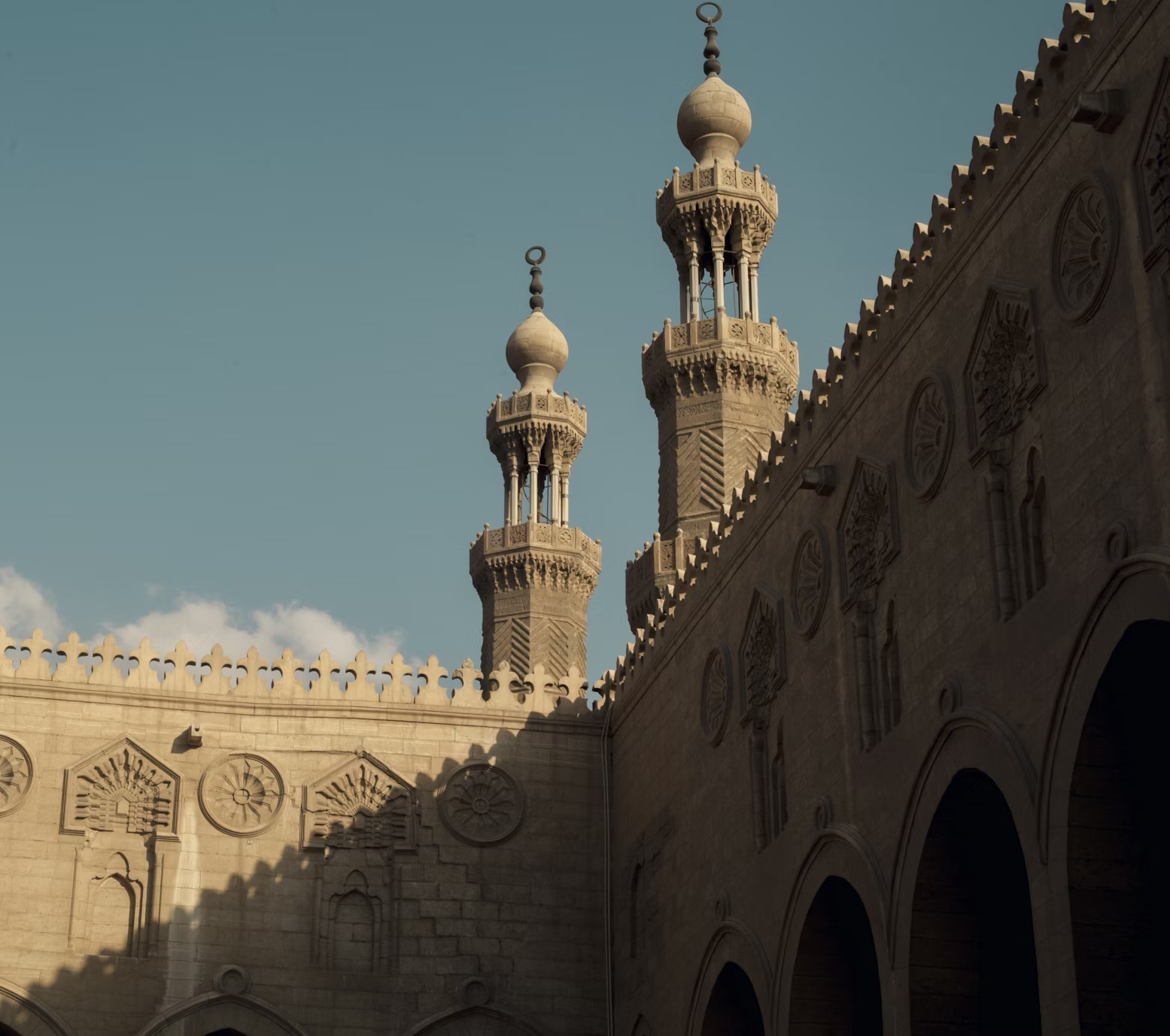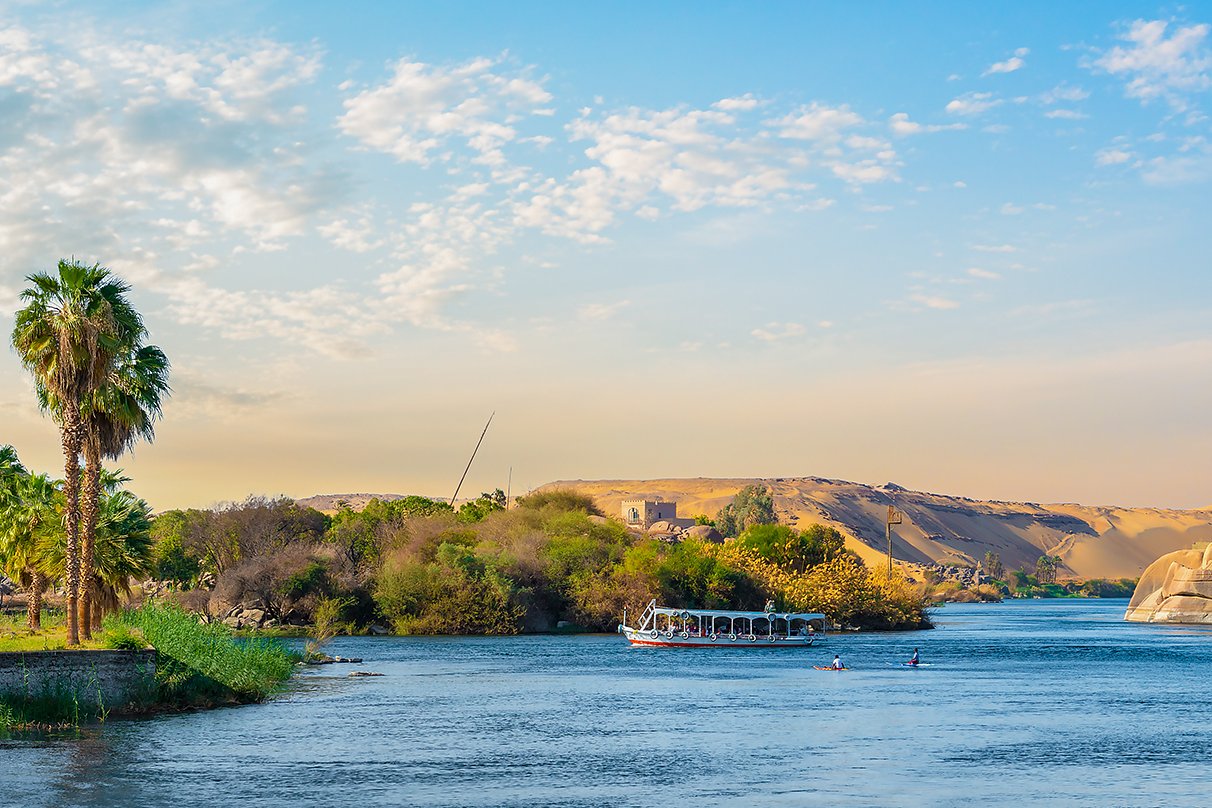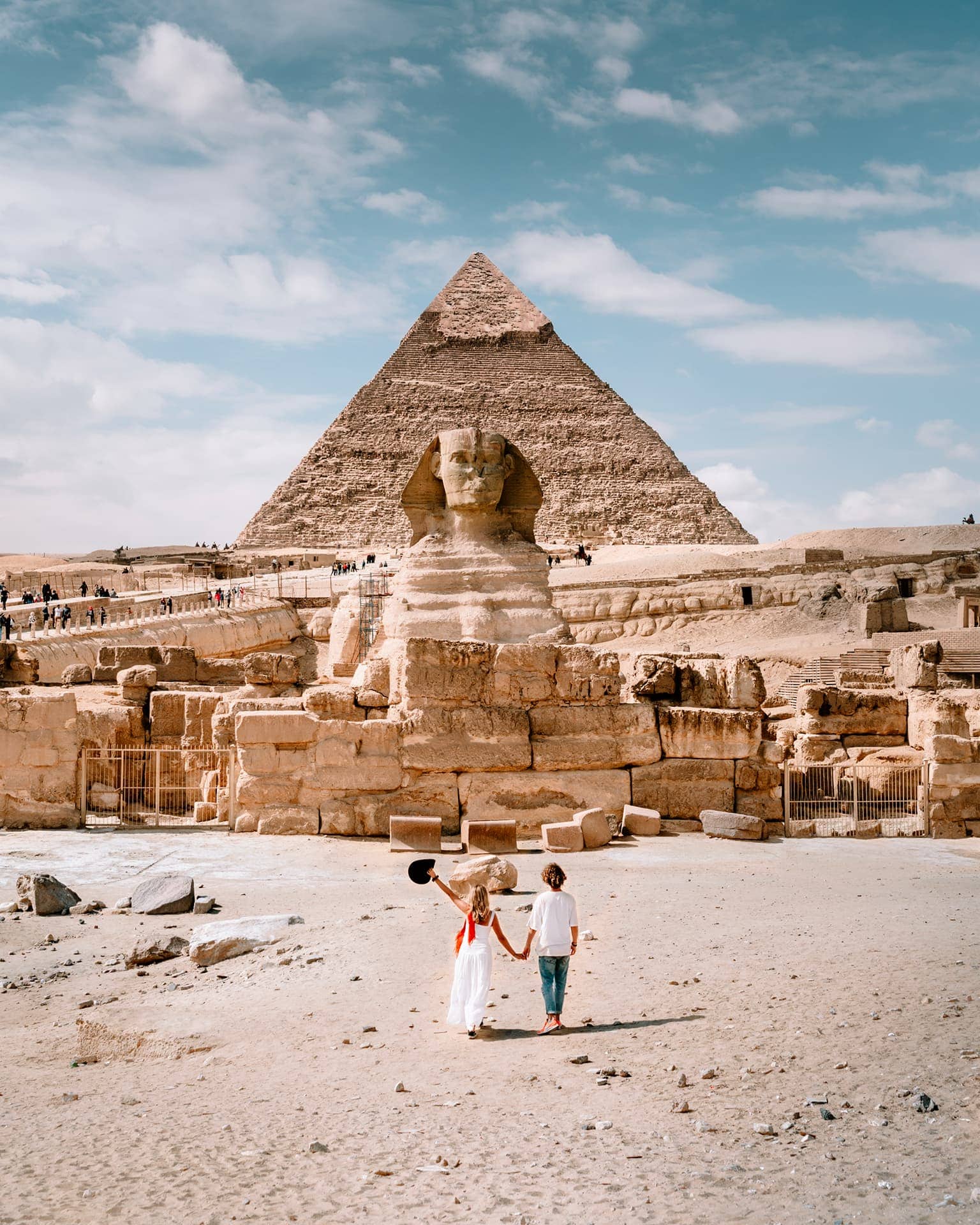Historical Importance of Kalabsha Temple
Kalabsha Temple occupies cult status in terms of historical significance, as it embodies the apex between the Egyptian and Nubian styles of architecture. Originally, the temple was built around 30 BC by the Roman Emperor Augustus, but it underwent later expansions by emperors. The rich Kalabsha Temple history reveals that it was primarily dedicated to the Nubian deity Mandulis, venerated by the people of that area. Its role later transformed it into a conspicuous cultic and cultural center, so many of its walls are engraved with inscriptions that tell the histories of gods and pharaohs.
Historic importance is not only for the architecture but also for many other reasons. When Kalabsha was reconstructed in the 1960s due to the making of the Aswan High Dam and the lake called Nasser, it is said that Kalabsha was one of the monuments included in the ambitious program for the preservation of monuments that had ancient things. The temple was disassembled and moved brick by brick for this valuable asset to be preserved for posterity.
Architectural Wonder of Kalabsha Temple
With striking and quite splendidly artistic features of architecture celebrating Egyptian styles while also subjecting Nubian influences, Kalabsha Temple bears it all. Beyond the grand entrance of the temple, whose outer faces carry beautiful carvings and reliefs describing the gods and pharaohs in action with scenes from everyday life in ancient Egypt, there are massive stone pylons. The rich Kalabsha Temple facts highlight the temple's fusion of cultures, which can be seen in its design and artwork. Visitors can walk into the temple through a capacious courtyard leading into the sanctum.
Hypostyle hall lined with towering columns makes Kalabsha Temple one of the unique architectural wonders, which have shallow cut-high sloping roofs. Most interestingly, the imagination is this hypostyle hall, where thousands of meters away from the sky the mighty pillars stand. All designs in the temple follow the usual pattern as per the Egyptian temple of those days: open courtyard, pillared hall, and sanctuary at the back. Here in this sanctuary, a statue of Mandulis is placed further denoting the temple to the Nubian god.
Kalabsha Temple Relocation
The relocation of Kalabsha Temple represents one of the most magnificent spectacles of modern archeological preservation. When constructing the Aswan High Dam in the 1960s, it was discovered that some ancient monuments, including Kalabsha Temple, would be submerged by the lake waters of Nasser. To avert this, international organizations in conjunction with the Egyptian government decided to relocate the temple to higher ground.
The Kalabsha Temple was one of the great temples, the whole thing in its entirety was dismantled, with every stone carefully marked, and then put together again in another place. Kalabsha Temple tours are part of this unique experience of preservation. The temple stands by the lake in a lengthy stretch as a symbol of the composite heritage of ancient Egyptian artistry injected into modern conservation efforts, creating beauty that continues to thrill generations.
Kalabsha Temple Inscriptions and Reliefs
Kalabsha Temple is rich in inscriptions and reliefs, which when taken together, are valuable for comprehension pertinent to history and religion. Aswan trips often include a visit to this temple, where the walls are covered with many forms of gods and divine figures, especially those dedicated to Mandulis, the Nubian god, who is the subject of this temple. Such reliefs also show the scenes of the construction of the temple and the rituals performed by priests to worship the gods.
Besides the sacrificial scenes, on the walls of the Kalabsha Temple, the inscribe offer the audience knowledge about the political and cultural interactions between Egypt and Nubia in the Roman era. The text is in hieroglyphics, as well as one form of Nubian script, which can give much perspective to the relationship of these two ancient civilizations. These carvings are valuable for historians and archaeologists studying the cultural exchange between Egypt and Nubia.
Thus, Kalabsha Temple turns out to be an awesome representative of ancient Egyptian architecture, religious beliefs, and the long-lasting cultural link of Egypt with Nubia. Visitors on Egypt day tours can explore this remarkable site, from its spectacular architectural design to its important inscriptions, the temple invites them to step back in time and get acquainted with the glorious history of the region. With the success of the relocation of Kalabsha Temple, such a site will continue to evoke wonder for ages and will represent the ancient legacy of Egypt, so its future generations will discover and appreciate it.
 English
English
